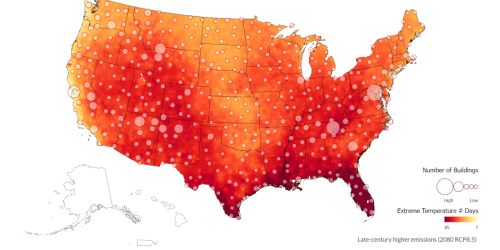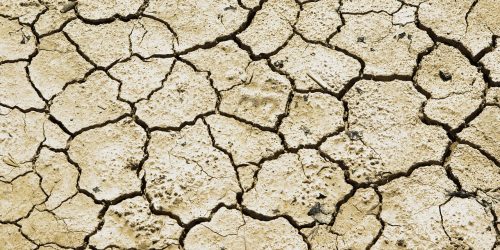Over the years, NOAA’s Climate Program Office (CPO) has competitively selected and funded the best and brightest minds in research labs and academia, focusing them on the most urgent climate research problems. These CPO-sponsored scientists and projects have made great strides in support of NOAA’s mission, providing actionable climate information to stakeholders in every region and sector of the nation’s economy.
To highlight this important role CPO has played in advancing understanding and prediction of the climate system through competitive research, Jin Huang, CPO Earth System Science and Modeling (ESSM) Division Chief, and Ana Baros, Civil and Environmental Engineering Professor at Duke University and Chair of the ESSM Council, convened a townhall at the 2019 American Geophysical Union Fall Meeting. The townhall brought together about 70 participants, including NOAA and nonNOAA scientists.
To kick things off, Huang provided an overview of CPO’s programs and the ways in which the community can engage in the competitive grants process. Following her introduction, five panelists including Sandy Lucas (CPO Climate Variability and Predictability Program), Gokhan Danabasoglu (NCAR), Ben Kirtman (University of Miami CIMAS), Joellen Rusell (University of Arizona), and Anna Michalak (Carnegie Institution for Science), described key accomplishments of CPO-funded research over the last 20 years:
1) Funding overwhelmingly successful field campaigns
Lucas gave examples of CPO’s overwhelmingly successful field campaigns, which use the real world as a laboratory to investigate Earth-system processes. She emphasized how scientists have built the understanding gained from these studies into our present-day climate models.
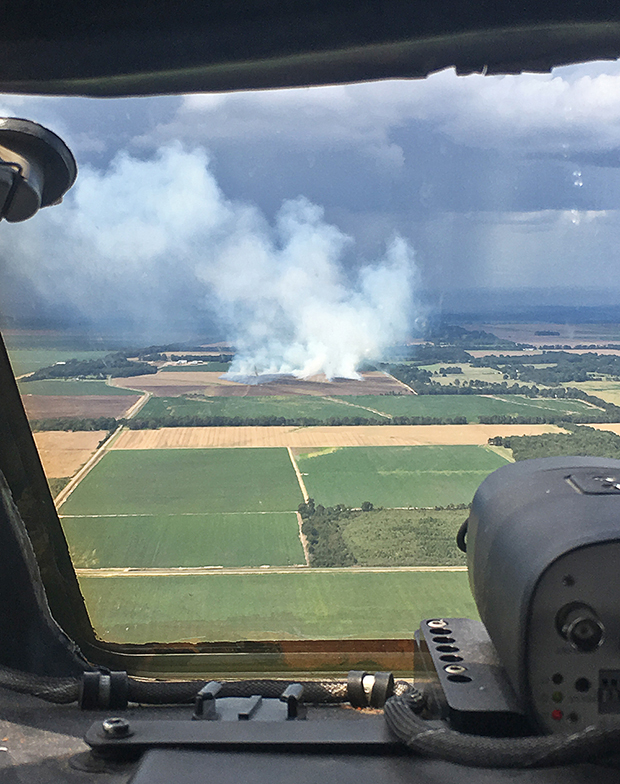

Agricultural fire in the Mississippi River Valley taken from the cockpit of the DC-8 aircraft during the CPO-funded FIREX-AQ field campaign on August 23, 2019. The picture shows how complex the plumes from these fires can be. Some parts of the field are puffing much more vigorously than others, but all the smoke is mixing up into the air. Photo by Shuka Schwarz.
2) Accelerating model improvements through Climate Process Teams
Donasbasaglu commended NOAA, along with NSF, as the first agencies to fund Climate Process Teams. These interdisciplinary teams help accelerate the transfer of fundamental understanding and modeling improvements directly to model developers. Climate Process Teams have been so successful that, now in their third round, NASA and DOE have joined NOAA and NSF in this multi-agency effort.
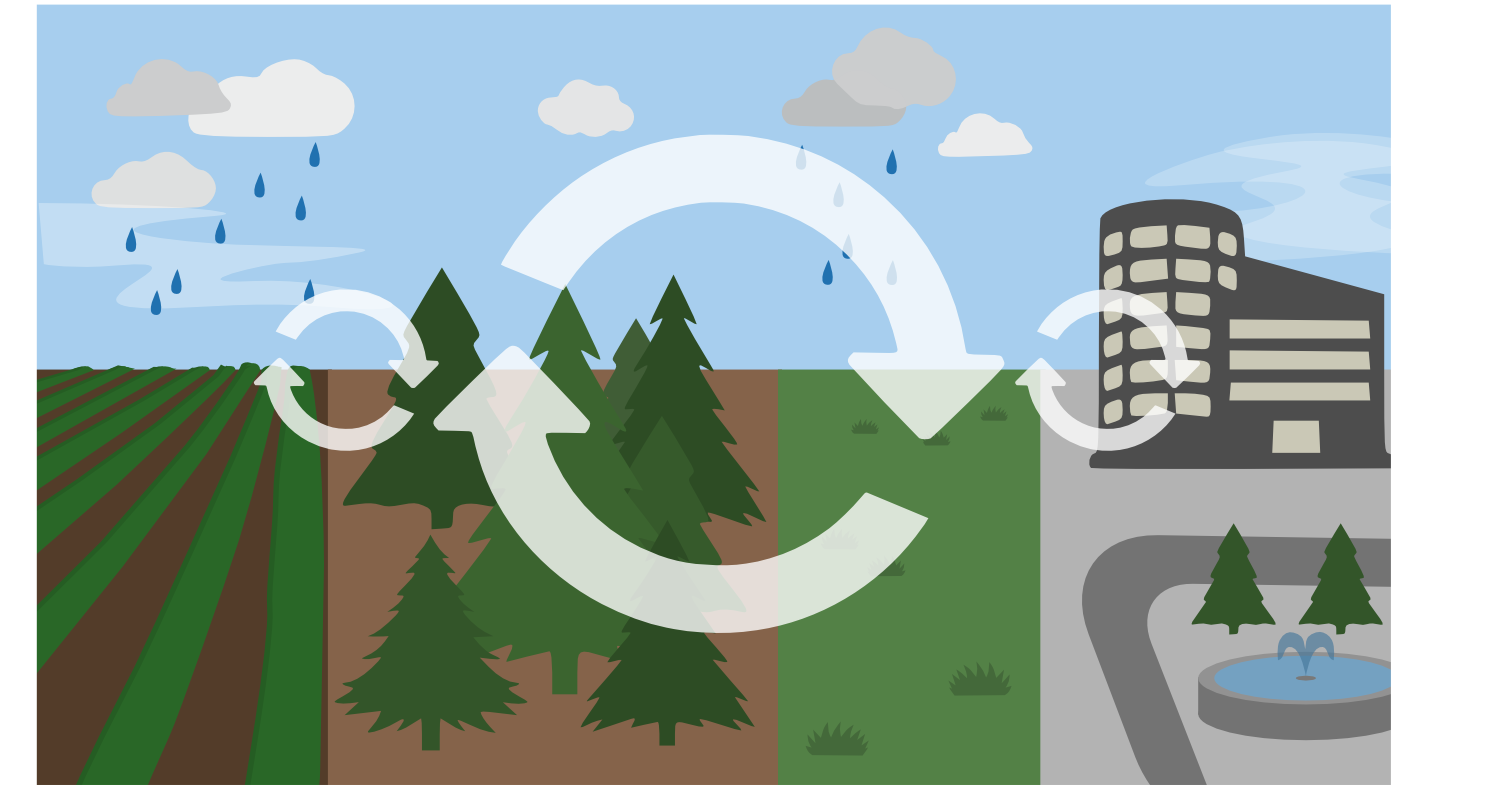

This diagram represents the focus of a Climate Process Team looking at how the land and atmosphere interact.
3) Improving predictions across timescales
Kirtman called on NOAA Research to challenge basic ideas of weather and climate predictability. He also encouraged CPO and other NOAA Research programs to look for opportunities to work together to advance research in understanding and modeling — and its incorporation into operations across timescales. Kirtman emphasized CPO’s ability to bring the academic research communities’ expertise to bear on understanding how parts of the climate system interact from seasonal to interannual to decadal timescales.
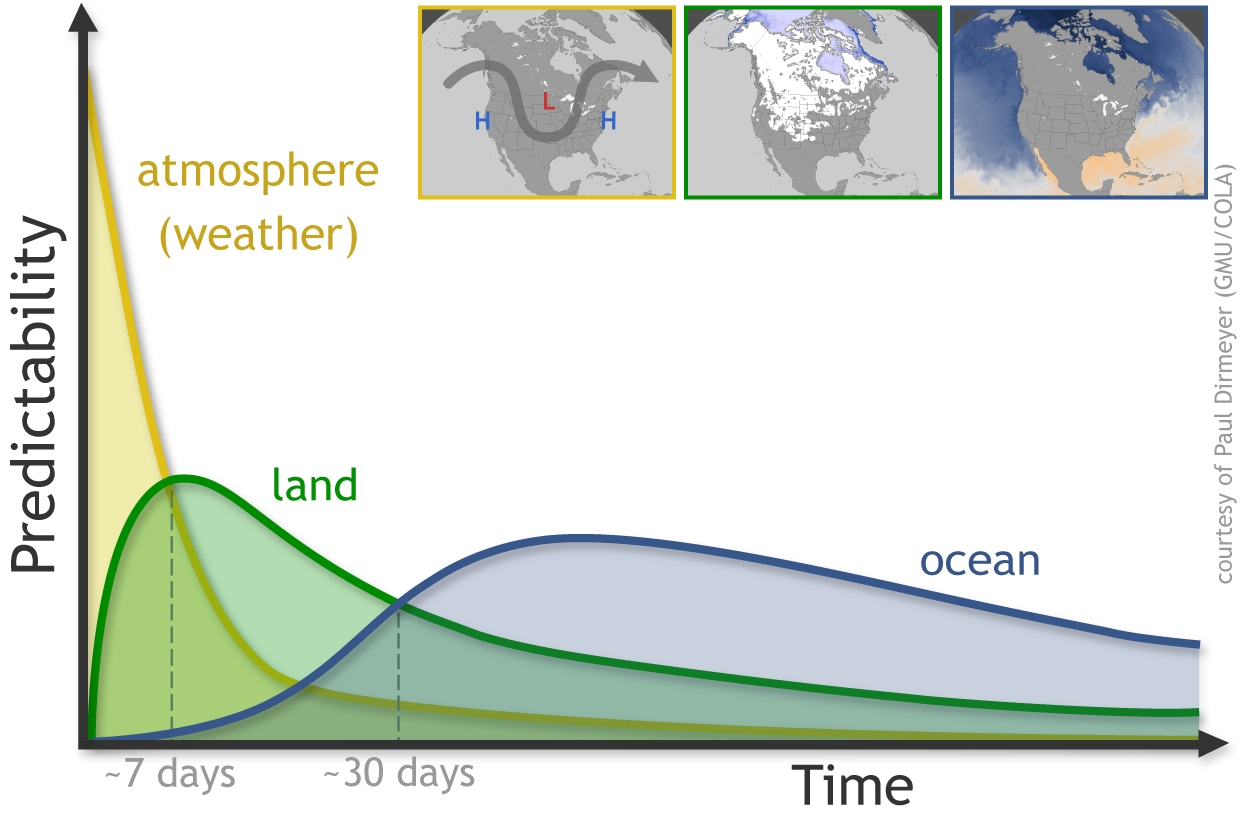

At different lead times (horizontal axis), different parts of the Earth’s climate system (atmosphere, purple; land surface, green; ocean, blue) become more or less important to forecast skill (vertical axis). For short lead times, knowing the initial state of the atmosphere counts the most. At 2- to 4-week lead times, knowledge of the land surface is also needed, including things like soil moisture, snow cover, and vegetation. Forecasting more than 30 days ahead typically requires knowledge of the ocean, such as the sea surface temperature variations linked to El Niño. NOAA CLimate.gov graphic, adapted from original by Paul Dirmeyer.
4) Taking on important efforts to address climate threat
Russell reminded the participants that these efforts CPO has taken on are important and climate is a critical threat. She had only one critique of the Climate Program Office — it’s too small.


People from every U.S. region and economic sector are increasingly turning to NOAA for actionable climate information. CPO’s science-based information supports U.S. national security, economic vitality, and public and environmental health decision-making.
5) Investing in the future workforce
As an alumni of the CPO-funded NOAA Climate and Global Change (C&GC) Postdoctoral Program, Mickalek emphasized the importance of investing in the workforce. She suggested this particular postdoc program had one of the highest returns on investment of any funding program. Unlike most other programs, the C&GC Postdoc Program allows students to independently pursue (or sometimes develop) a new field and pursue a potentially transformative science question.
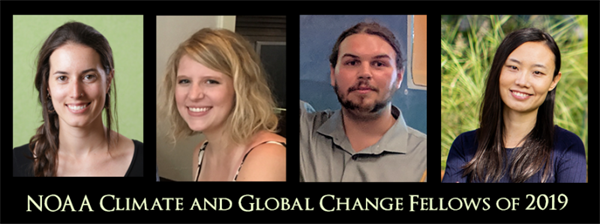

Images of the NOAA Climate and Global Change 2019 Postdoctoral Fellowship Awardees.
Following Mickalek’s remarks, CPO Director Wayne Higgins announced that the number of 2020 postdoc fellowships would double from four to eight as the program enters its 30th year. To highlight the success of the program, Climate.gov launched an interview series with current and former fellows. Read the first profile here.
At the end of the townhall, panelists fielded questions from participants. These ranged from what the community could do to keep research focused on improving our understanding of climate to how the research community could support young scientists and the development of the future workforce.
As CPO welcomes 2020, it will continue its work organizing field campaigns, with the next one kicking off on January 6th. It will also keep bringing the community together through Climate process teams (3 multi-agency teams are on-going) to further our foundational understanding of climate, as well as working with partners to apply CPO-funded research to societal applications.



